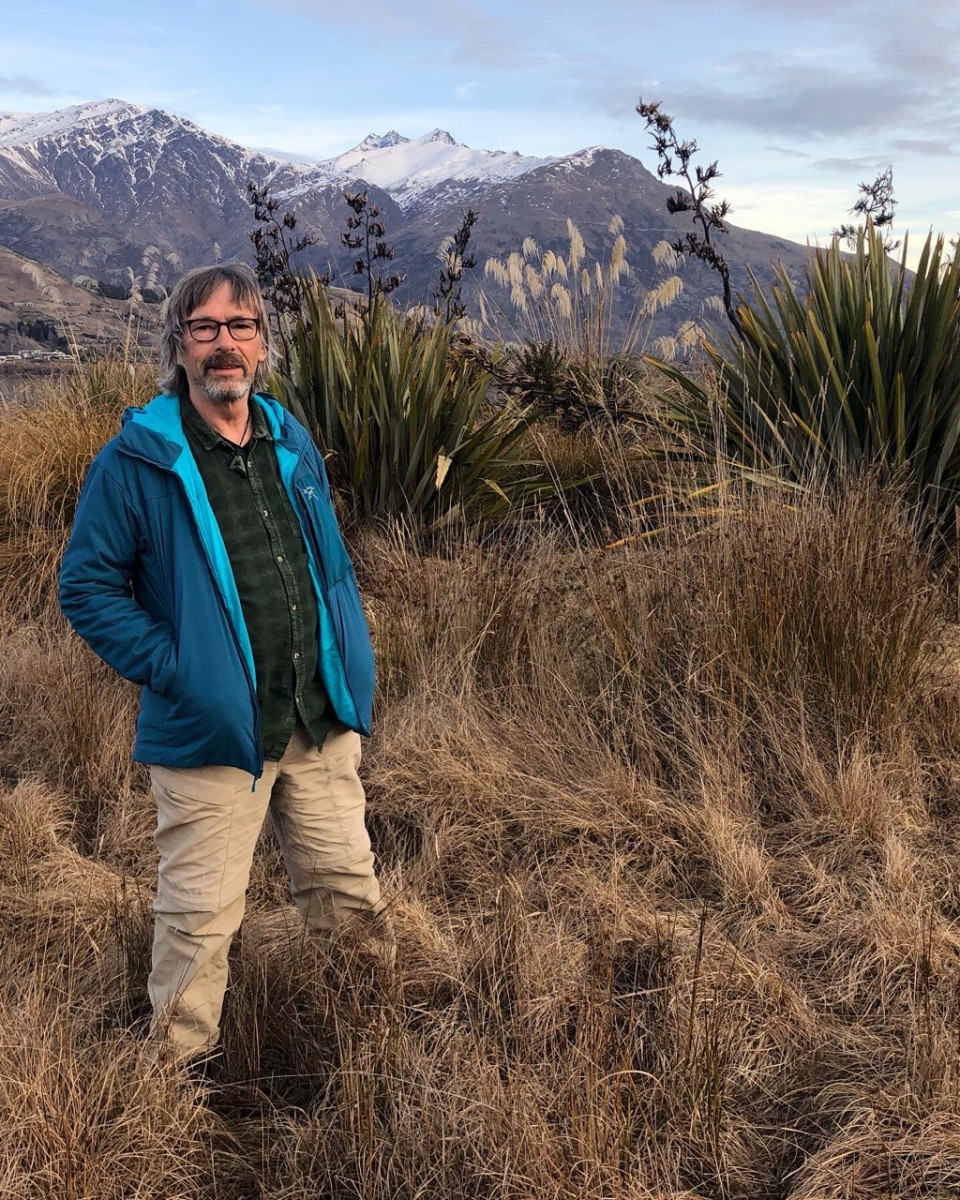Research
Published 27 March 2023Anauralia: The enigma of the silent mind

Professors Anthony Lambert (Principal Investigator) and Suzanne Purdy (Associate Investigator) from Te Waipapa Taumata The University of Auckland have coined a new term for describing the silent mind – ‘anauralia’.
Story by Professor Anthony Lambert
Imagine the sound of an ambulance siren, or a favourite song, or the way these words would sound if Sir David Attenborough said them. Most people can imagine voices, music and sounds in their ‘mind’s ear’, but this isn’t universal. Some individuals describe a silent inner world, devoid of auditory imagery. We have coined a new term for describing this – ‘anauralia’. In this Marsden funded project we are exploring the psychological implications of experiencing anauralia.
Despite its clinical sounding name, anauralia is not a disorder or clinical condition. It’s a variety - albeit a somewhat unusual one - of normal experience. It’s already clear that experiencing anauralia is no barrier to leading a fulfilling and successful life.

Professor Anthony Lambert, Principal Investigator. Photo: Supplied
Although our project is still at an early stage, valuable findings are already emerging. Collaborative work with the New Zealand Attitudes and Values Study has shown that the incidence of anauralia in Aotearoa is approximately 0.8 (slightly fewer than one in a hundred). The personality profile of individuals who report experiencing anauralia appears similar to that of individuals who report typical auditory imagery. Moreover, reports of psychological distress were neither higher nor lower in the context of anauralia. In contrast, being unable to imagine visual scenes (as opposed to sounds) was associated with higher perfectionism, lower self-esteem and higher psychological distress.
In addition to participating in surveys, some of our research participants have kindly volunteered to visit our laboratory, performing tasks involving memory, imagination, and music. Our research hypothesis was that anauralia is associated with using distinctive strategies for short-term remembering of both verbal information and music. Interestingly, the results so far indicate that individuals who report experiencing anauralia and those who experience typical auditory imagery remember verbal information in similar ways. Our studies of musical memory are underway, but it’s too early to evaluate the results.
Over the next two years we will develop further the work just described, while also exploring several other research avenues. Including studies of long term memory for life events, studies of future thinking and planning, and studies investigating links between varying experiences of auditory imagery and differences in brain structure and function. In the latter studies participants who experience anauralia, as well as participants who experience vivid auditory imagery, will perform tasks involving memory and imagination, while brain activity is monitored using neuroimaging techniques, including magnetic resonance imaging and electroencephalography.
The overall goals of the anauralia project are both scientific and cultural. Scientifically, our findings will provide a unique perspective on the role of auditory imagery in psychological functioning. Moreover, the project aims to have significant cultural impact, by enhancing our understanding and appreciation of the astonishing diversity of the human condition. With this in mind, the final part of the project will involve organising and hosting an international, trans-disciplinary conference. In addition to scientific presentations, we hope that the conference will include personal accounts from individuals who experience anauralia and hyperauralia (the experience of extremely vivid auditory imagery), as well as reflections by writers, poets, and musicians on the role of auditory imagery in their work.
Additional information: The puzzle of the silent mind
RESEARCHER
Professor Anthony Lambert
ORGANISATION
The University of Auckland
FUNDING SUPPORT
Marsden Fund
CONTRACT OR PROJECT ID
UOA2108
